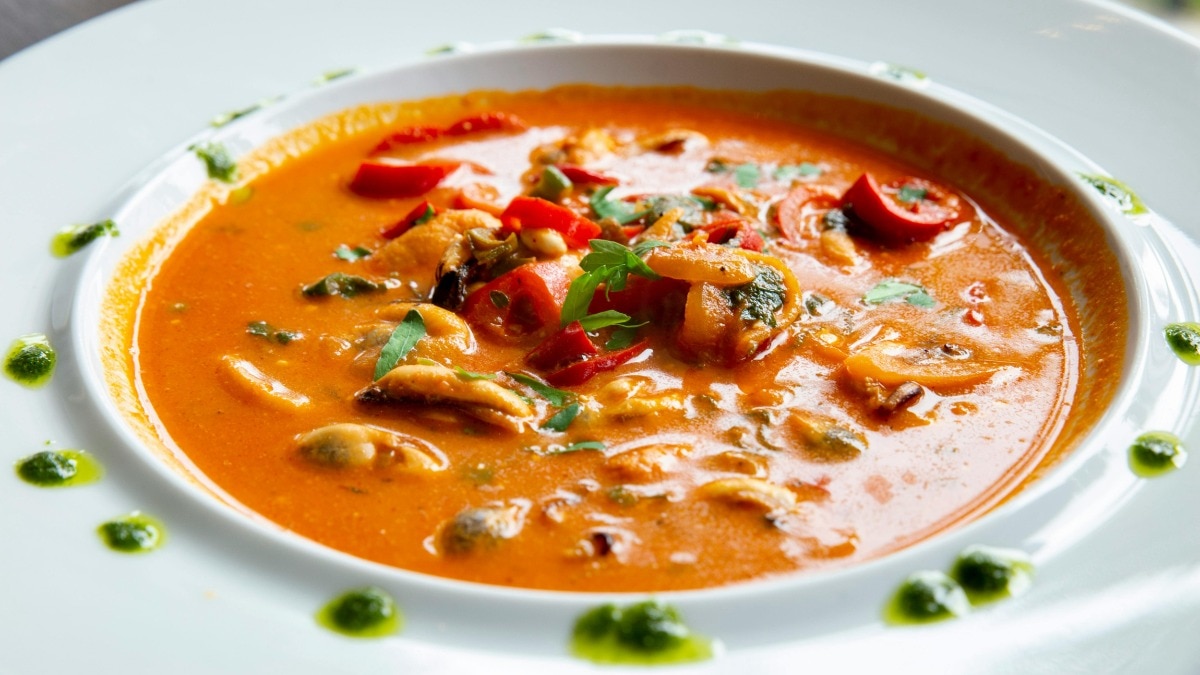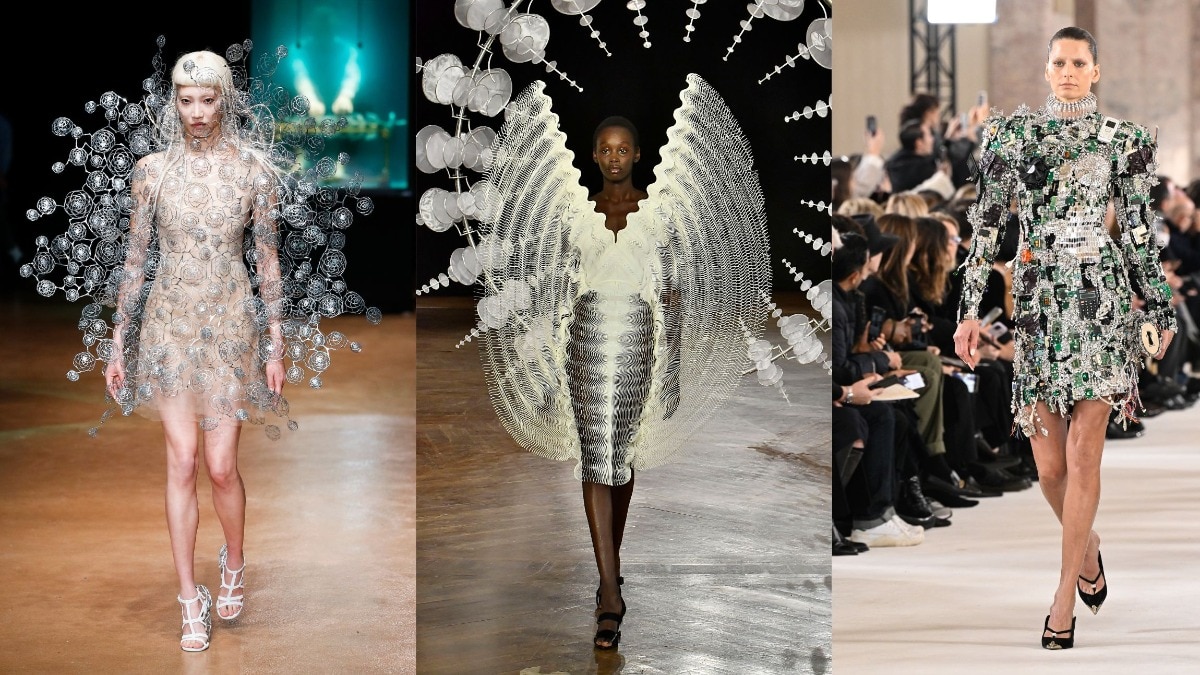Could walking be the way to truly discover a city?
Juliet Nicolson discovers playful architecture, bustling markets, and seaside sophistication on a whimsical walking tour of Barcelona.


Situated along the edge of Spain’s north-eastern Mediterranean coast, Barcelona has the vibrancy and ever-shifting perspective of a kaleidoscope. Turn in one direction and you are immersed in a labyrinth of medieval streets so narrow that it is possible to reach out of a window and shake hands with those in the building opposite. Twist the dial and you arrive at the 20th-century Park Güell, the vision of Antoni Gaudí, one of the world’s most imaginative architects. It’s a surreal gothic extravaganza of fairy-tale buildings and paths winding through sculptures of colourful ceramic lizards, where you might expect the monsters from Maurice Sendak’s Where the Wild Things Are to appear suddenly. One more swivel of the lens and you encounter the cultural dynamism of today, where dazzling new buildings march across the skyline.
This is a place that invites you to look up and, whenever possible, ascend. My husband and I took the lift up to the dizzying rooftop of La Seu, the 15th-century cathedral in the heart of the old town, where we gazed at the 200-foot statue of Christopher Columbus pointing across the sea to the New World. In the distance, we could see the intricate spires of the vast Sagrada Família cathedral, Gaudí’s lifelong masterpiece; construction began in 1882 and it still remains incomplete. Back inside the church, the only sound came from the honking of geese, descendants of those that have occupied the adjoining cloisters for centuries.

Barcelona’s hotels cater for every preference, whether contemporary, classical, or buzzy. For those looking for a taste of glitz, El Palace Hotel Barcelona still carries the gilt-and-red-velvet glamour associated with its previous 1919 Jazz Age incarnation. We were served breakfast in the airy conservatory and tea in the piano bar, complete with sandwiches and scones. After dinner, we descended to the Bluesman Cocktail Bar, where the Rolling Stones’ Ronnie Wood often jammed. A wood-panelled lift took us to our expansive suite with its original, swimming pool-size marble bath and huge gold-framed mirror that, at the flick of a switch, revealed its hidden identity as a television set. In this hotel, the 21st century is invited to merge with the hedonistic atmosphere once enjoyed by guests including Salvador Dalí and Gina Lollobrigida, stars of a bygone era whose spirits still linger.
Meanwhile, just around the corner at the Mandarin Oriental—the kind of luxury establishment where the sewing kits come with already-threaded needles—history makes itself felt in a different way. As a hint of the building’s original use, hundreds of silver safe boxes that once contained clients’ most precious possessions fill a wall of the Banker’s Bar, an atmospheric spot for a dry martini. In the sleekly monochromatic Michelin-starred restaurant, the chef invited us on a gastronomic tour of the globe with a 12-course dinner, while a stroll around the hotel’s fabulous ‘secret garden’ and a visit to the energy-restoring spa were ideal for easing weary limbs.

We spent a morning walking down La Rambla, the best-known of Barcelona’s tree-lined avenues, passing the splendid 19th-century opera house before entering the 800-year-old Boqueria market; here, where the alleys are crammed with butchers, bakers, fruiterers and tapas bars, a gleaming pint of fresh prawns is impossible to resist, even for breakfast. Down by the seashore, threading our way through skaters and scooters, we found Xiringuito Escribà, the most fashionable of beachside restaurants, where our squid paella was delivered with a theatrical flourish on a supersize plate.
At Barcelona’s outpost of Soho House, a refuge at the seaside end of La Rambla, our window overlooked the port, jam-packed with what appeared to be the swaying quills of a porcupine as the masts of some of the world’s most impressive superyachts jostled for space. The hotel room was kitted out with every conceivable home comfort, from an art deco cocktail shaker to Cowshed beauty products, while the cosmopolitan buzz of Cecconi’s restaurant and the inviting sunbeds that line the elegant rooftop pool gave us the feeling of belonging to a discerning crowd that has discovered one of the loveliest places to stay in the city.

The willpower involved in dragging ourselves from this haven was rewarded by a visit to the Picasso Museum, dedicated to the artist for whom the city was home for a formative part of his early life. His breathtaking sequence of paintings inspired by Velázquez is part of a collection that also includes masterful ceramics. We went on to explore the Museum of Contemporary Art, home to remarkable pieces by artists from Joan Miró to Anni Albers.
But we found our greatest reward was just wandering the streets of this vibrant city. On one such walk along a small, deserted square hidden deep within the oldest part of town, we came upon a high-vaulted royal banqueting hall. In 1493, Columbus arrived here to announce to King Ferdinand and Queen Isabella that he had just returned from a new world. As I echoed his steps up that stone staircase, I felt I, too, had been on a thrilling voyage of discovery.
This piece originally appeared in the print edition of Harper's Bazaar UK.










